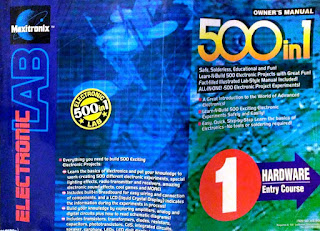I used them all the time in college, but never knew their name until now. When I was making architectural models I used them to apply thin streams of glue to the foam-core walls and cardboard roofs. The precise tips let me get clean builds easily. Several shops in that town sold them in a variety of sizes. But it was a college town, so they sold hundreds every semester and the clerks knew what I was looking for when I described the tips or task that I needed them for.
When I moved to a non-college town, I could never find them. I asked for them, described them and offered to buy a case if the store could find them. But all I got was weird looks. Looking for "large bore syringes" or "applicator nozzles" on the net got me no closer. I thought I had Amazon, Ebay and Google trained well enough they would give craft-related items automatically, but no...
Then I forgot about them for years because I worked my way out of internship and because I also moved on to 3d printing and CNC. I no longer needed to do paper and foam mock-ups.
One of his videos described his favorite tools and LUER LOCK dispensers were one of them. (affiliate) So, I made a note of the name and wrote this blog post so I won't forget and because maybe you might find them useful also.
You can get adapters for existing syringes or as complete packages in a variety of sizes.



